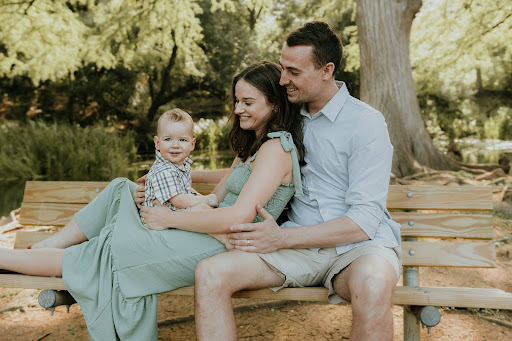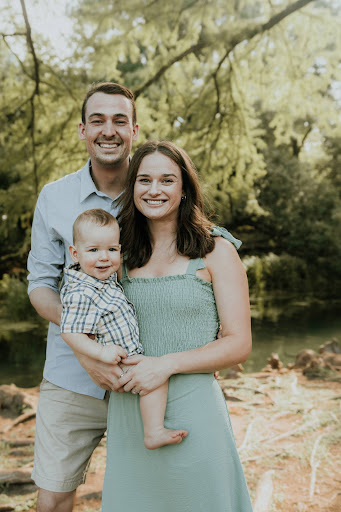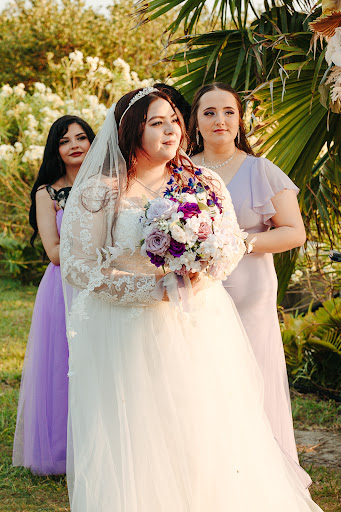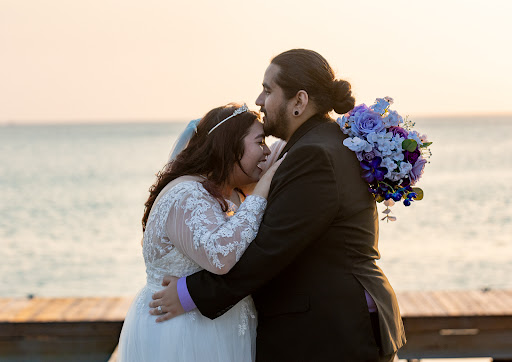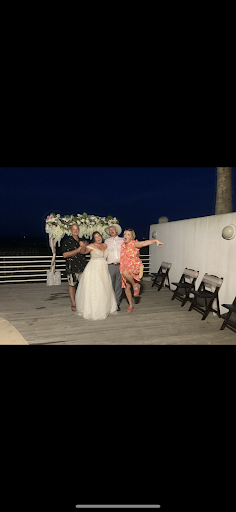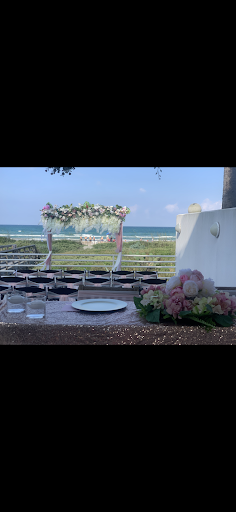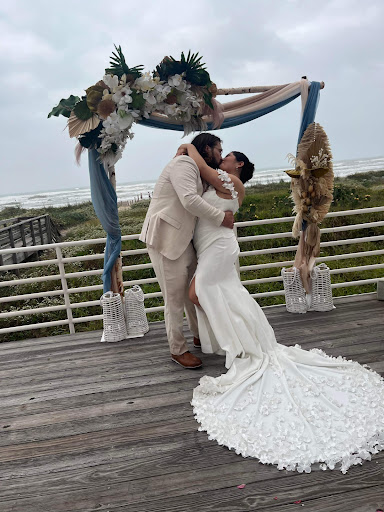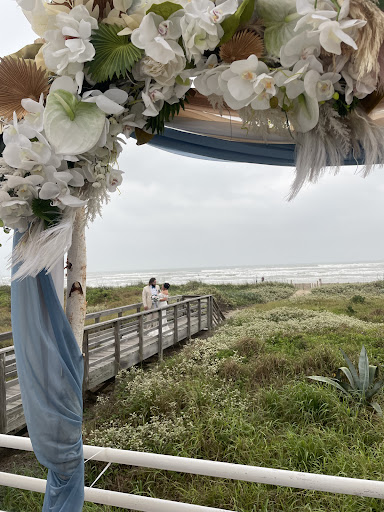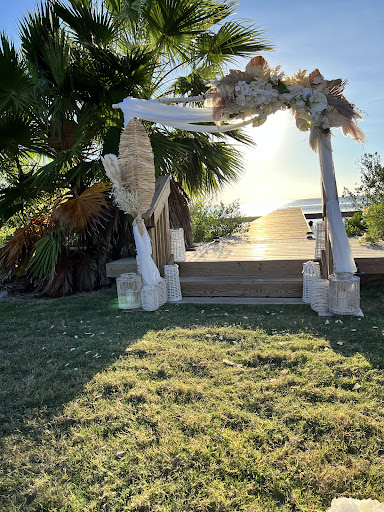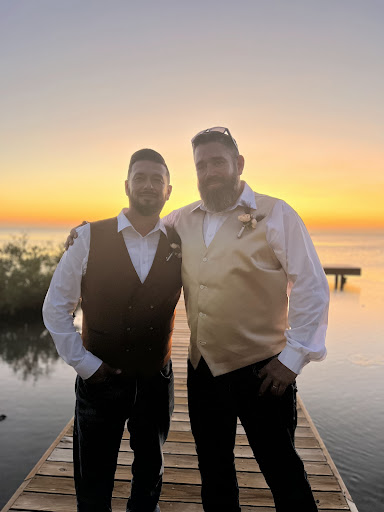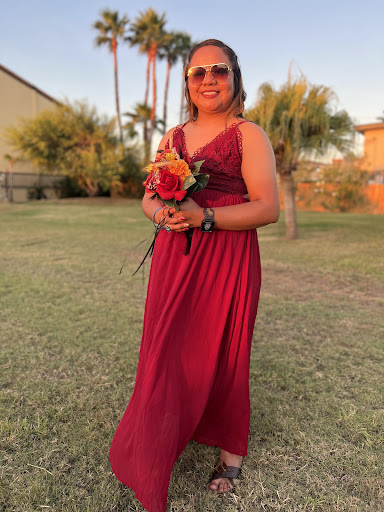How to Create a Detailed Wedding Day Timeline
By Weddings By Wendi – Your Texas Hill Country wedding planner
Wedding planning can be overwhelming, but a detailed wedding day timeline helps you stay organized and ensures everything runs smoothly. Follow these steps to create a comprehensive timeline that keeps your special day on track.
Start by determining your wedding ceremony and reception times. Knowing when these events will occur allows you to allocate time for each part of the day. If the ceremony is at 3 PM and the reception starts at 6 PM, you have a clear framework to build upon.
Next, list all major events of the day, including hair and makeup, transportation, the ceremony, photo sessions, and the reception. Consider each component that contributes to the day’s flow. For instance, if you’re having a first look, include that in your timeline before the wedding party photos.
Assign specific times to each event, allowing ample time for transitions. If hair and makeup starts at 9 AM, aim to finish by 11 AM. This gives you a buffer for any unexpected delays. Factor in travel times, especially for the ceremony and reception venues, so you can adjust the timeline accordingly.
Incorporate time for pre-ceremony moments. This is when you can share heartfelt notes with your partner or enjoy a quiet cup of coffee with your family. These moments add intimacy to your day, so schedule them with care.
Communicate your timeline with your vendors. Share it with your photographer, videographer, and planner to ensure everyone is on the same page. Their input can help you refine the timeline based on their experience. For example, your photographer may suggest more time for specific shots or group photos.
Don’t forget to include time for your guests. Consider when they need to arrive for the ceremony. Sending invitations that include the start time allows guests to plan their arrival. You might also want to include additional time for cocktail hour before the reception starts.
As you finalize your timeline, share it with your bridal party and family. Everyone involved should know where they need to be and when. This helps in coordinating transportation, especially if you have multiple locations. Assign roles or tasks, such as a point person for each part of the day, to minimize confusion.
Review and adjust your timeline as needed. Be flexible, as changes may arise on the wedding day. Have a digital or printed version of the timeline accessible, so you and your coordinator can reference it easily. This will help you stay focused and minimize stress.
Finally, trust the process on your wedding day. While you may have planned meticulously, the key is to enjoy the moments that matter most. With a well-structured timeline, you can relax and savor the celebration with your loved ones.




